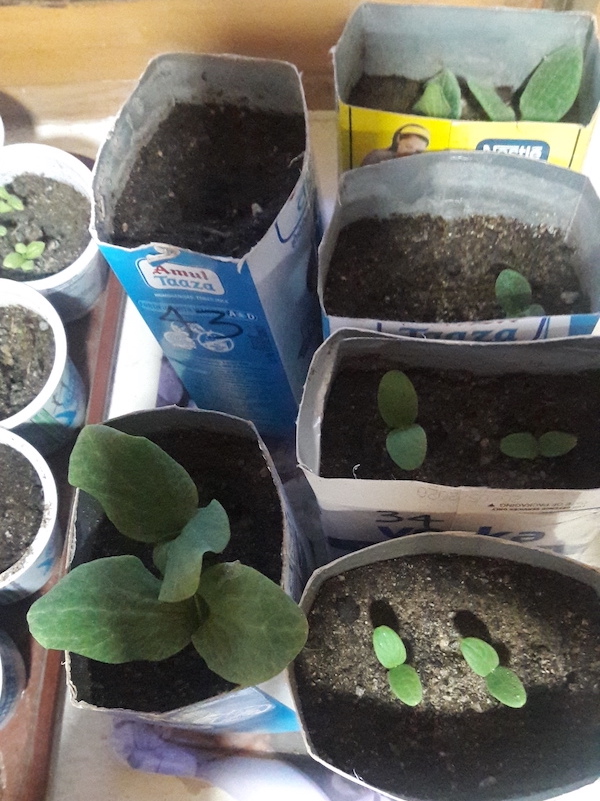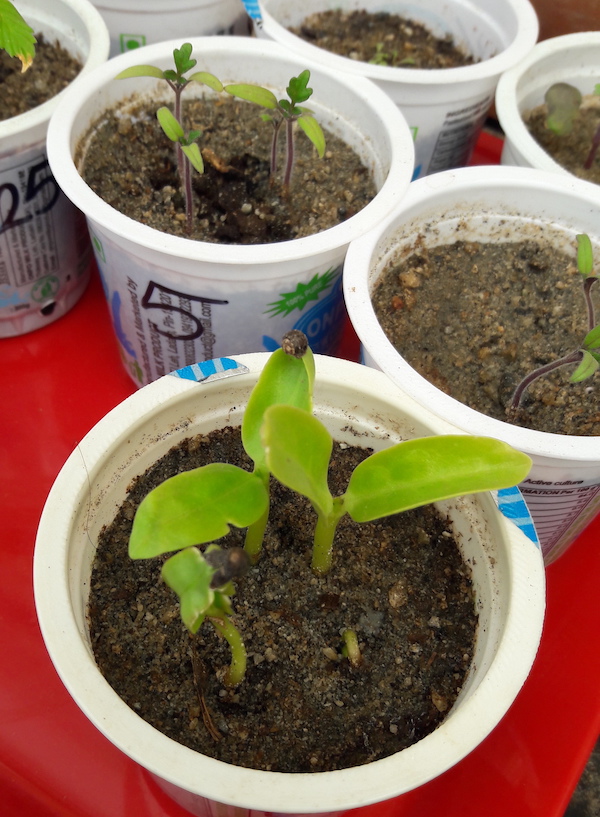
 3
3




 5
5




$10.00 is a donation. $1,000 is an investment, $1,000,000 is a purchase.
 6
6




Best luck: satisfaction
Greatest curse, greed
 9
9




Desmond Sharpe wrote:It boils down to your budget. A kwh costs about $0.27 a heat mat uses about half a kwh a day.
 5
5




 6
6




 5
5





![Filename: Grass-Greener-Septic-Tank.png
Description: [Thumbnail for Grass-Greener-Septic-Tank.png]](/t/207198/a/199531/Grass-Greener-Septic-Tank.png)
 6
6




 6
6





 8
8






Works at a residential alternative high school in the Himalayas SECMOL.org . "Back home" is Cape Cod, E Coast USA.
 3
3




Rebecca Norman wrote: I have an attached solar greenhouse that heats my house so I move them to the greenhouse for the day if I know I'll be around in the afternoon to bring them back in, or windowsill if I might not be home in time.
I'm thinking of setting up a table in front of a big sunny window in a different but colder part of the house. I could use the electric mattress heating pad in March when it's no longer needed in the bed. This might reduce the lugging around. But I have to devise a way to moderate and store the heat, since I won't want to cook the plants!





 5
5




Mike Feddersen wrote:
Rebecca,
I would love to see your greenhouse and how it is attached to your house for heating it. Any pictures?
Works at a residential alternative high school in the Himalayas SECMOL.org . "Back home" is Cape Cod, E Coast USA.
 4
4




John Indaburgh wrote:Nissa - Horse boarding facilities usually have lots of manure they need to get rid of. You can find them by ,[42.335545594484174,-72.35501346240234],null,googling. They don;t very often do any agriculture; so don't have a use for the manure. They give it away to anyone who will haul it. Some of them will load your truck; also for free. Try to find a source that has hay or nothing used for bedding. These days most are using wood chips or wood shavings for bedding; which will give you the least heat.
Hauling is a problem if you don't have a pickup truck. Finding someone with a dump truck for rent isn't easy, probably easier if you hire the truck with a driver which would be prohibitively expensive and only possible if your manure source will load it for you. You can possibly find free pallets at a storage facility. If there's any laying around they are usually free.
Some other ideas are fire wood; which would require a chimney, stove, and lots of labor plus an interruption of sleep.. Also I knew a fellow near here that hauled free used motor oil from garages all year and used it to heat his commercial green house every season.
I wish you luck not losing the coming season.
edit the link...... No luck!
Nissa Gadbois - RenaissanceMama
Events at Renaissance Farms
 5
5




Best luck: satisfaction
Greatest curse, greed
 2
2




Carla Terry wrote:Would you be able to use a heating pad. I have done this before. I don't believe it uses much energy and may only need to use for a few hours a day in a sunny window with maybe a plastic top over it. You would need to water daily with a good spot of spraying.
Nissa Gadbois - RenaissanceMama
Events at Renaissance Farms
 2
2





|
You showed up just in time for the waffles! And this tiny ad:
Homestead Pigs Course
https://permies.com/wiki/365748/Homestead-Pigs
|



